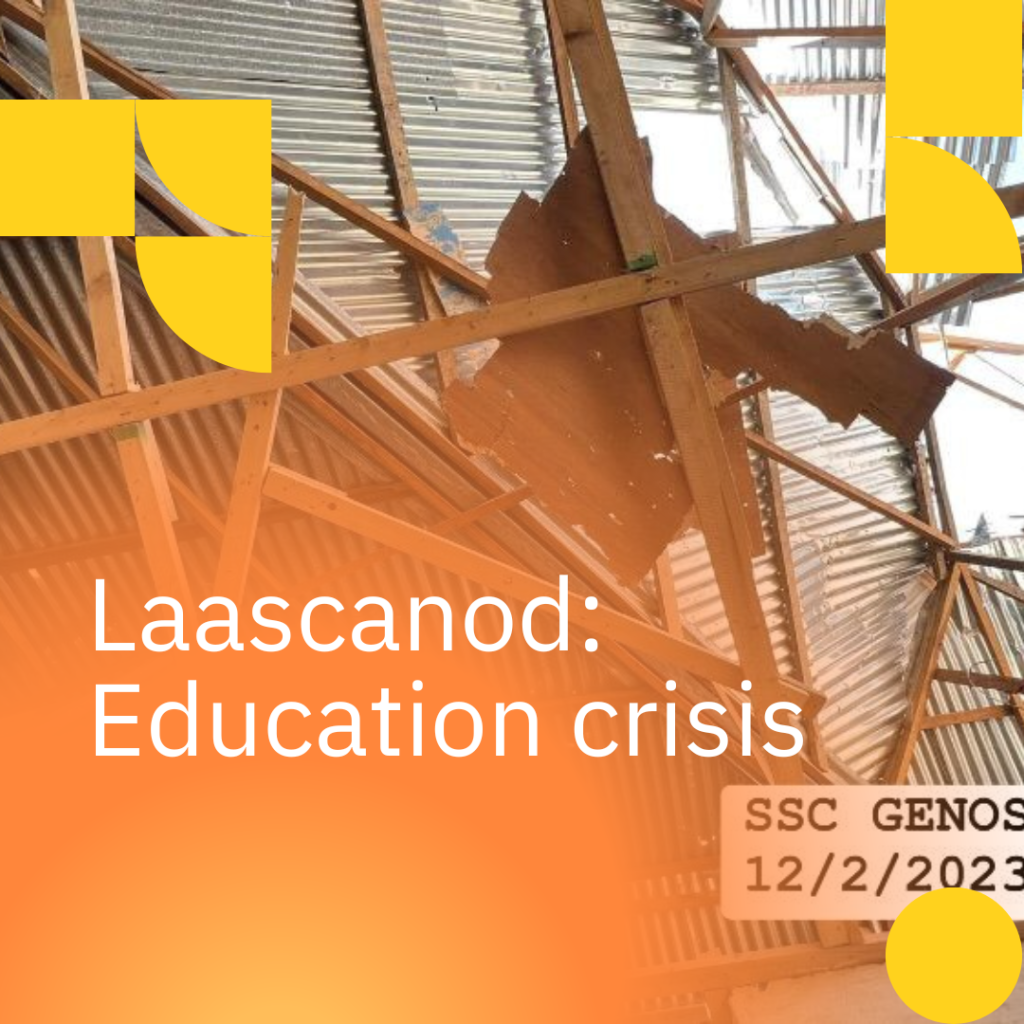Introduction
The conflict in Laascanod has had a devastating impact on the education sector, disrupting the learning process for thousands of students. This article explores the challenges faced by students, teachers, and schools, and the long-term consequences of this crisis.
Schools as Targets
One of the most alarming aspects of the Laascanod conflict has been the targeting of educational institutions. Schools have been converted into military bases, damaged by shelling, or looted, leaving students without a safe place to learn. This has forced many schools to close indefinitely, disrupting the education of countless children and adolescents.
The use of schools for military purposes violates international humanitarian law and has severe consequences for the education of children. When schools are no longer safe spaces, students are exposed to the dangers of conflict, including the risk of injury or death.
Displacement and Education
The mass displacement of civilians due to the conflict has had a profound impact on education. Many families have been forced to flee their homes, leaving behind their schools and communities. Displaced children often find themselves in overcrowded camps with limited access to education.
Even when schools are available in displacement camps, they may lack adequate resources, such as qualified teachers, textbooks, and classrooms. This leads to overcrowded classrooms, reduced learning hours, and a decline in the quality of education.
The Impact on Teachers
The conflict has also had a devastating impact on teachers. Many have been displaced, injured, or killed, leading to a critical shortage of qualified educators. Those who remain face immense challenges, including low salaries, lack of resources, and the psychological trauma of working in a conflict-affected area.
The departure of experienced teachers has weakened the education system, as it takes time to train new teachers. This has resulted in a decline in the quality of education and a widening gap in educational opportunities.
The Long-Term Consequences
The disruption of education in Laascanod has far-reaching consequences for individuals, communities, and the country as a whole.
- Loss of human capital: The interruption of education leads to a loss of human capital, as students are deprived of the knowledge and skills they need to succeed in life. This can have long-term economic and social consequences for the region.
- Increased vulnerability: Children who are not in school are more vulnerable to exploitation, including child labor, forced marriage, and recruitment into armed groups.
- Social instability: The lack of education can contribute to social instability and conflict, as young people without opportunities may be more likely to engage in violence.
- Gender inequality: Girls are often disproportionately affected by conflicts, as they may be prevented from attending school due to security concerns or cultural norms. This can lead to increased gender inequality and limited opportunities for women.
The Road to Recovery
Rebuilding the education system in Laascanod will be a long and challenging process. It requires a comprehensive approach that addresses the immediate needs of students and teachers, as well as the underlying causes of the conflict.
- Safe and secure learning environments: Creating safe and secure schools is essential for the resumption of education. This includes demilitarizing schools, providing security measures, and addressing the psychological needs of students and teachers.
- Teacher training and support: Investing in teacher training and support is crucial for improving the quality of education. This includes providing teachers with the necessary resources, training, and mentorship.
- Community engagement: Engaging with communities is essential for rebuilding the education system. This involves involving parents, community leaders, and other stakeholders in the decision-making process.
- Psychosocial support: Providing psychosocial support to students and teachers is essential for addressing the trauma caused by the conflict. This can help students to cope with the emotional impact of the conflict and return to learning.
The education crisis in Laascanod is a complex challenge that requires sustained attention and investment. By prioritizing education and providing the necessary support, it is possible to rebuild the education system and create a brighter future for the children of Laascanod.
Potential areas for further research and analysis:
- The specific impact of the conflict on different age groups (primary, secondary, and tertiary)
- The role of non-formal education in providing opportunities for displaced children
- The effectiveness of different education interventions in conflict-affected areas
- The long-term economic and social costs of the education crisis

